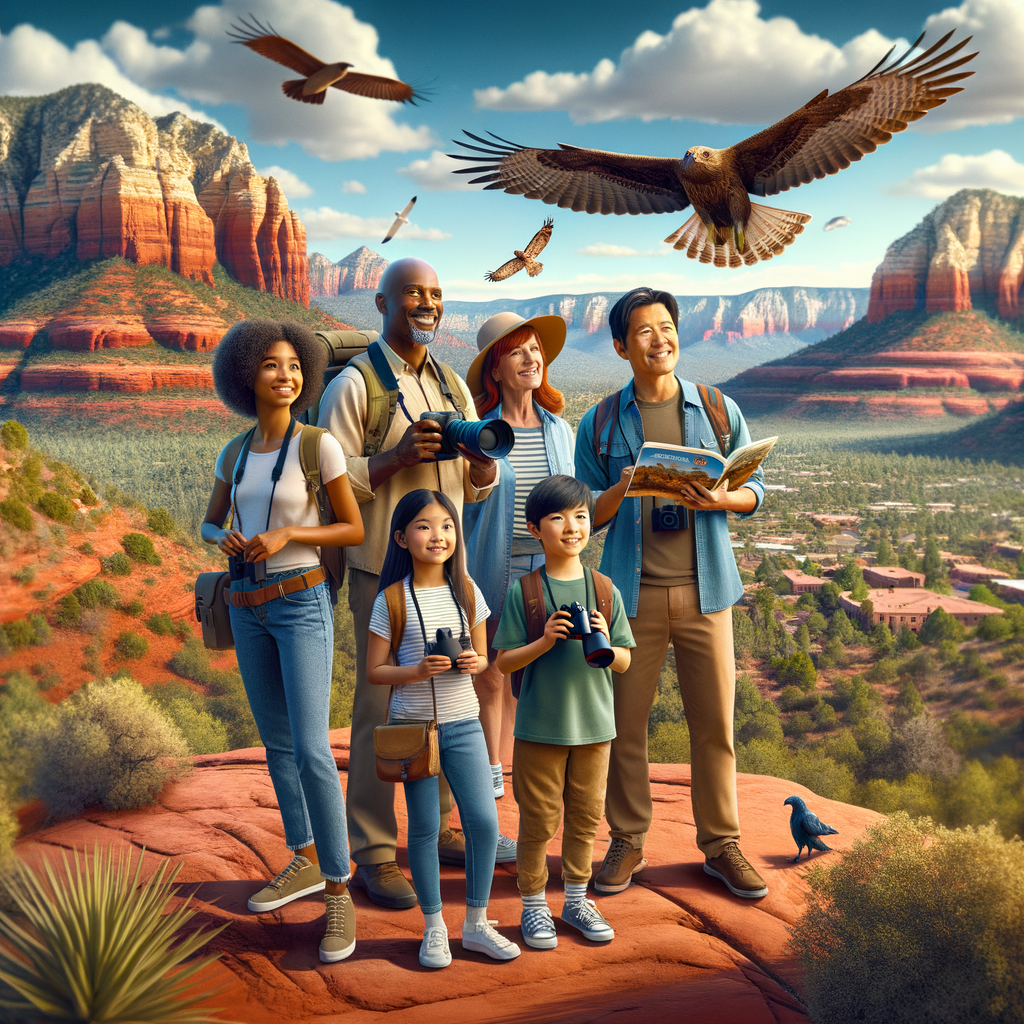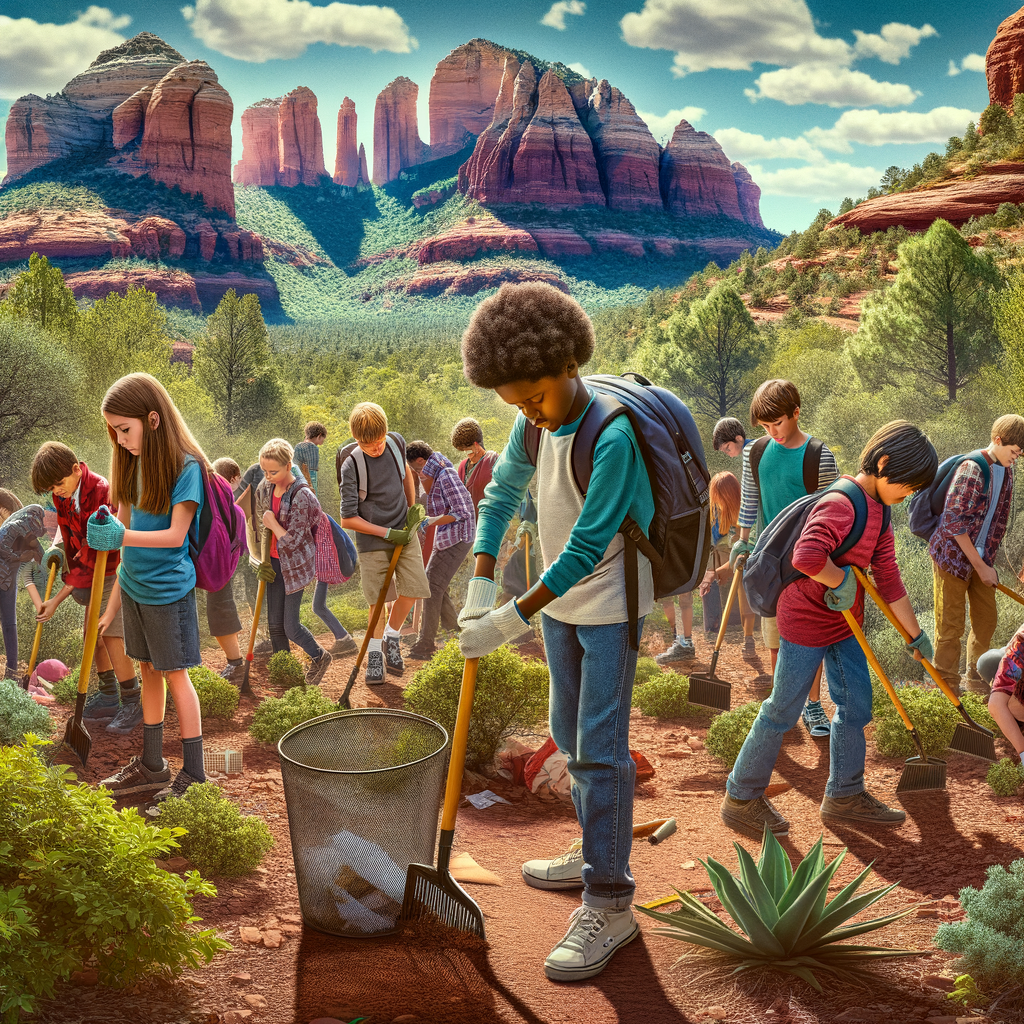Capturing Nature’s Beauty: Landscape and Wildlife Photography Tips
Nature Photography – Capture the stunning landscapes and wildlife on camera
The Beauty of Nature through a Lens
Nature photography is a captivating art form that allows photographers to capture the raw beauty of the world around them. From majestic landscapes to intricate details of flora and fauna, nature photography provides a unique perspective on the wonders of the natural world. With the advancement of technology, modern cameras enable photographers to capture stunning images with exceptional clarity and detail.
Choosing the Right Location
One of the key aspects of nature photography is selecting the right location. Whether you are interested in capturing the vibrant colors of a sunset over the mountains or the delicate petals of a flower in bloom, choosing the perfect setting is essential. National parks, botanical gardens, and wildlife reserves are all excellent locations for capturing stunning nature photos.
Timing and Lighting
The timing of your photo shoot plays a crucial role in capturing the best images. Early morning and late afternoon are often referred to as the “golden hours” for photography, as the lighting during these times creates a soft, warm glow that enhances the natural beauty of the subject. Paying attention to the angle of the sun and the direction of the light can significantly impact the quality of your photographs.
Camera Techniques and Equipment
Mastering camera techniques and understanding your equipment are essential for capturing stunning nature photos. Experimenting with different settings, such as aperture, shutter speed, and ISO, can help you achieve the desired effects in your images. Investing in high-quality lenses and filters can also enhance the clarity and sharpness of your photographs.
Preserving the Environment
As nature photographers, it is essential to prioritize the preservation of the environment. Respecting wildlife habitats, staying on designated trails, and avoiding the disturbance of plants and animals are crucial practices to follow. By practicing ethical photography, you can ensure that the beauty of nature remains untouched for future generations to enjoy.
Editing and Post-Processing
Editing and post-processing are important steps in enhancing your nature photographs. Software tools such as Adobe Lightroom and Photoshop allow photographers to adjust exposure, color balance, and composition to create visually stunning images. However, it is essential to maintain the authenticity of the original scene and avoid excessive manipulation.
Sharing Your Work
Sharing your nature photography with others is a rewarding experience. Whether through printed portfolios, online galleries, or social media platforms, showcasing your work allows you to connect with fellow nature enthusiasts and inspire others to appreciate the beauty of the natural world. By sharing your passion for nature photography, you can contribute to raising awareness about conservation and environmental preservation.
Conclusion
Nature photography offers a unique opportunity to capture the breathtaking landscapes and wildlife that surround us. By exploring the beauty of nature through a lens, photographers can create stunning images that evoke a sense of wonder and appreciation for the world around us. With the right techniques, equipment, and respect for the environment, nature photography allows us to preserve and share the beauty of nature for generations to come.
FAQs
Q: What type of camera is best for nature photography?
A: High-quality DSLR cameras with interchangeable lenses are ideal for capturing detailed nature photos.
Q: How can I improve my nature photography skills?
A: Practice regularly, study the work of other photographers, and experiment with different techniques to enhance your skills.
Q: Is it important to obtain permission before photographing wildlife?
A: Yes, it is essential to respect wildlife and obtain the necessary permits when photographing animals in their natural habitats.
Q: What are some tips for capturing wildlife in action?
A: Patience is key when photographing wildlife. Be prepared to wait for the perfect moment to capture animals in their natural behaviors.
Q: How can I contribute to environmental conservation through nature photography?
A: By promoting awareness of environmental issues through your photography, you can inspire others to take action and support conservation efforts.
If you are interested in looking into an organized tour for you and your kids, consider visiting our preferred vendor: Sedona Red Rock Adventures.
news via inbox
To be update with all the latest news.




